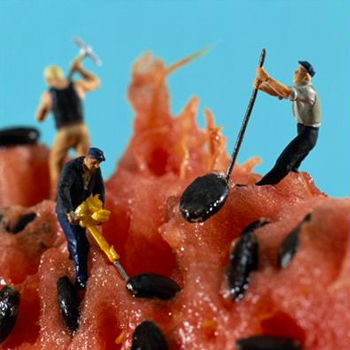How do you write 0.000938 in scientific notation?
2 Answers
0.000938 in scientific notation is 9.38 x
Explanation:
The first step to converting a number into scientific notation is moving your decimal behind the first number between 1-10.
In this case, your number is 0.000938 . So, you move your decimal to the right 4 places until your decimal is behind 9 , or the first number between 1-10.
(Another example would be 0.0000398 . In this case you would move your decimal 5 places until your decimal is behind the 3.)
Now that you've moved your decimal 4 places to the right behind 9, your new number is 9.38.
In order to determine if your power or
In this case, your original number is negative. Therefore, your power will be a negative 4
Your final answer is 9.38 x
Please read the explanation.
Explanation:
Given:
The real number
We must write this real number in scientific notation.
When we need to represent very large numbers or very small numbers, scientific representation can be very useful.
When we write in scientific notation we write the digits with the decimal point placed after the first digit.
We multiply the digit by 10 to a positive or a negative power that places the decimal point where it should be.
We need to think about how many places to move the decimal point.
Then we can figure out the power of 10.
When the number is smaller than 1, the decimal point has to move to the right , so the power of 10 is negative .
When the number is 10 or greater , the decimal point has to move to the left, and the power of 10 is positive.
Now, we can start working on
In scientific notation, we can write it as
Verify that the digits part is between 1 and 10.
Remember that it can be 1, but never 10.
Hope it helps.


